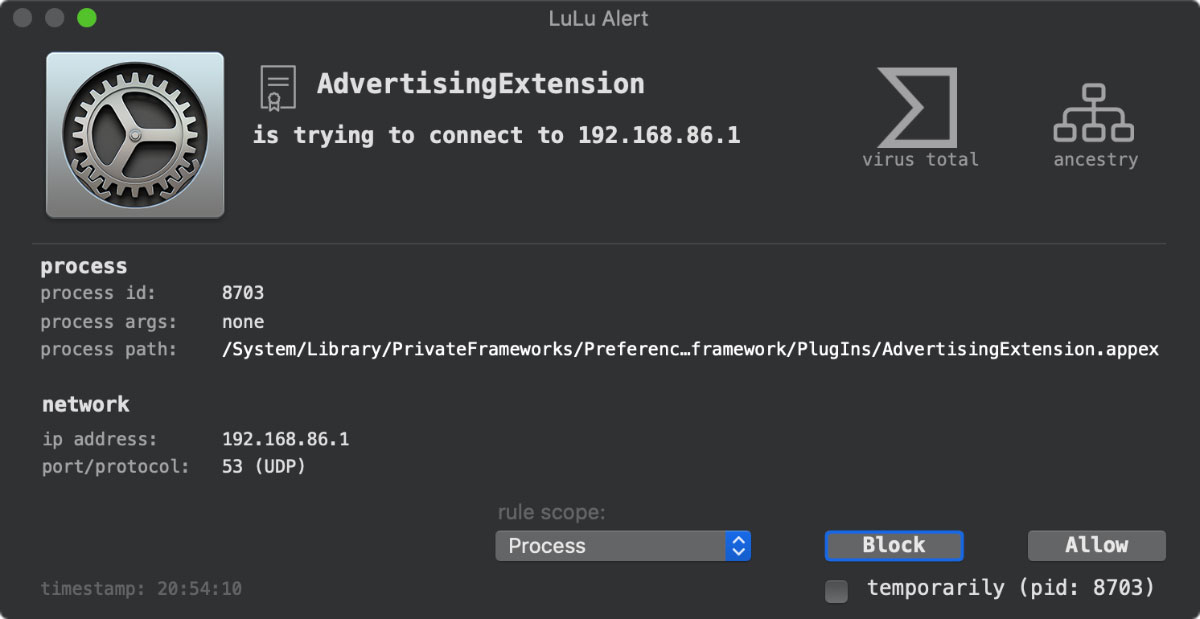
Mac os firewall block outgoing kurtac
About Mac Firewall. Mac firewall (macOS firewall) is a built-in feature in macOS. It can protect your computer from unauthorized access and threats from the local network or the internet. It controls the incoming and outgoing network traffic to protect your computer's security and privacy. Mac's built-in firewall is turned off by default.
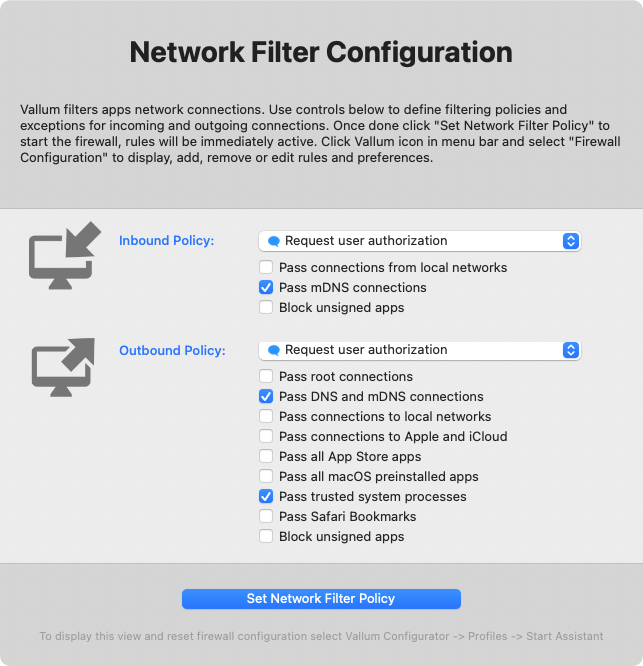
The Best Firewall Software for Mac in 2021 MacUpdate
Change Firewall settings on Mac. On your Mac, use Firewall settings to turn on the firewall in macOS to prevent unwanted connections from the internet or other networks. Learn how to block connections to your Mac with a firewall. To change these settings, choose Apple menu > System Settings, click Network in the sidebar, then click Firewall on.
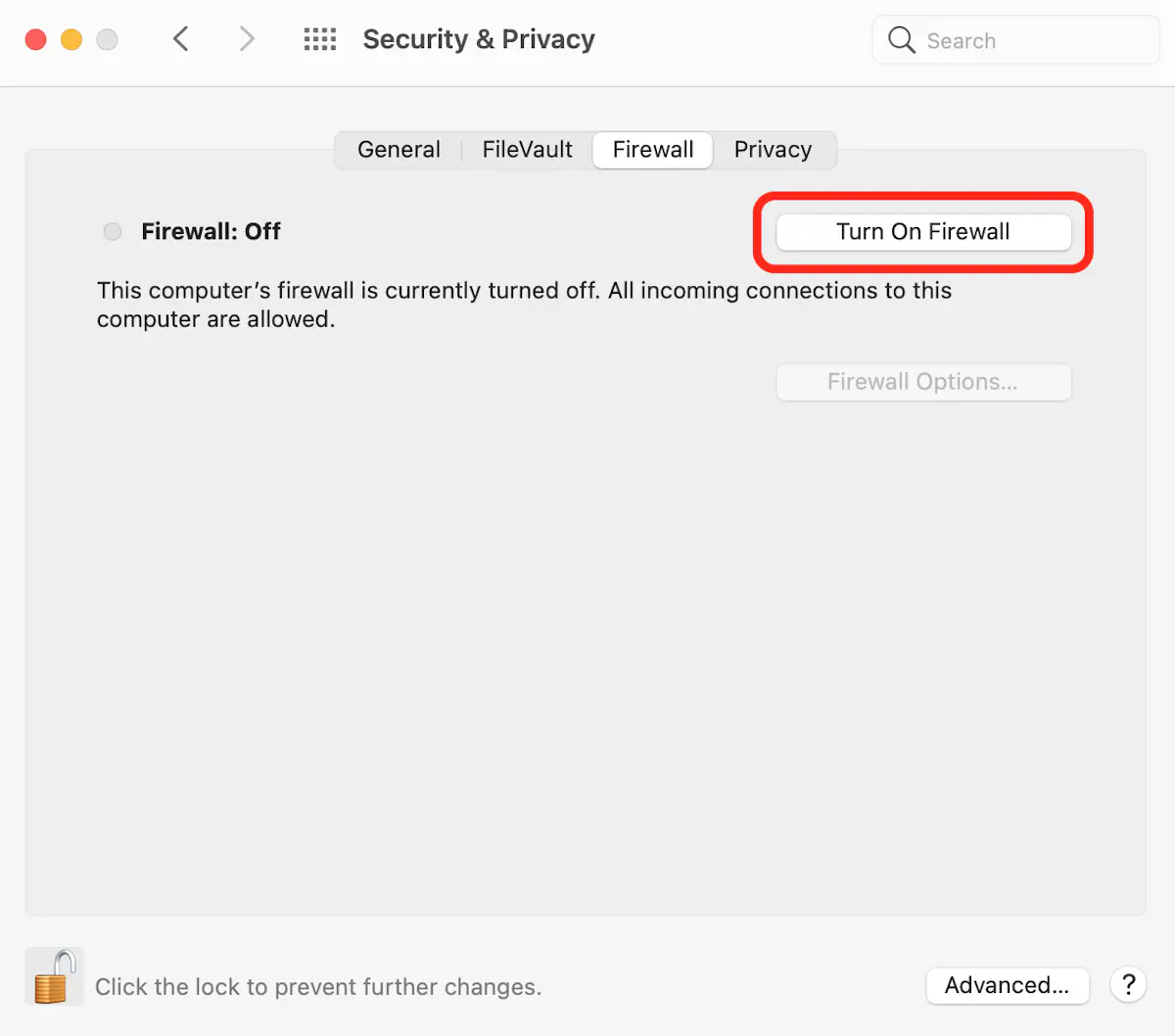
How to Configure Your Mac's Firewall Macinstruct
Some firewalls also allow you to block outgoing connections, but the built-in firewalls on Mac and Windows don't work in this way. If you want a firewall that will allow you to choose which programs get to connect to the Internet or not, look elsewhere.. If you'd like to enable and configure your Mac's firewall, feel free. Click the Apple.

Here are the best firewalls to protect your Mac
A good example of this comes from a variant of the Tibet malware; once a Mac was infected, it showed no indication that the computer was compromised, unless the user was running firewall software that detects outgoing network connections, as available in Intego NetBarrier's anti-spyware module.

How to enable and disable Firewall on Mac
LuLu is the free, open-source firewall that aims to block unknown outgoing connections, protecting your privacy and your Mac! Supported OS: macOS 10.15+ Current version: 2.5.1 . DMG's SHA-1:. Apple's built-in firewall only blocks incoming connections. LuLu is designed to detect and block outgoing connections, such as those generated by.
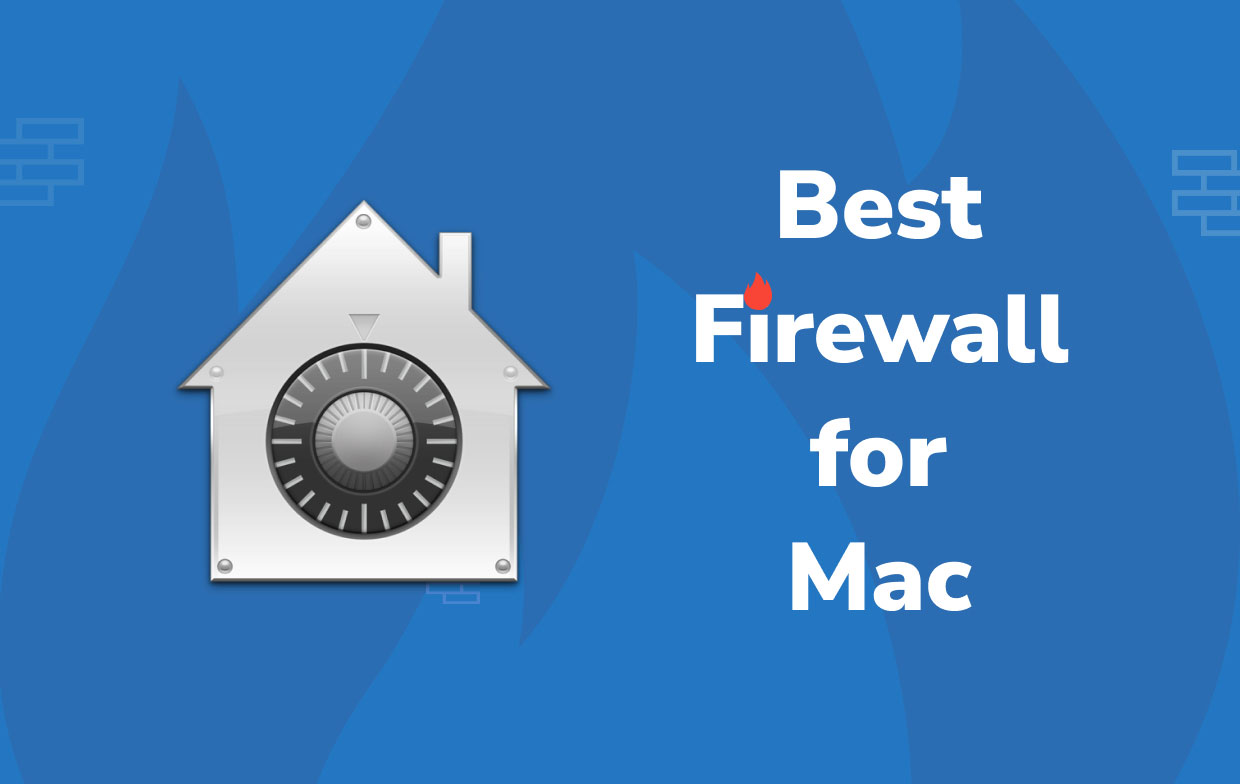
5 Best Firewall for Mac in 2023 Here Our Top Picks!
Your firewall must be on and should only be disabled for short stretches at a time. If you've never touched it, it should still be on. But it's a good idea to check. And if it is on, you have many options for adjusting its performance. You can also replace your Mac's software firewall with a third-party firewall, seen at the bottom of the.
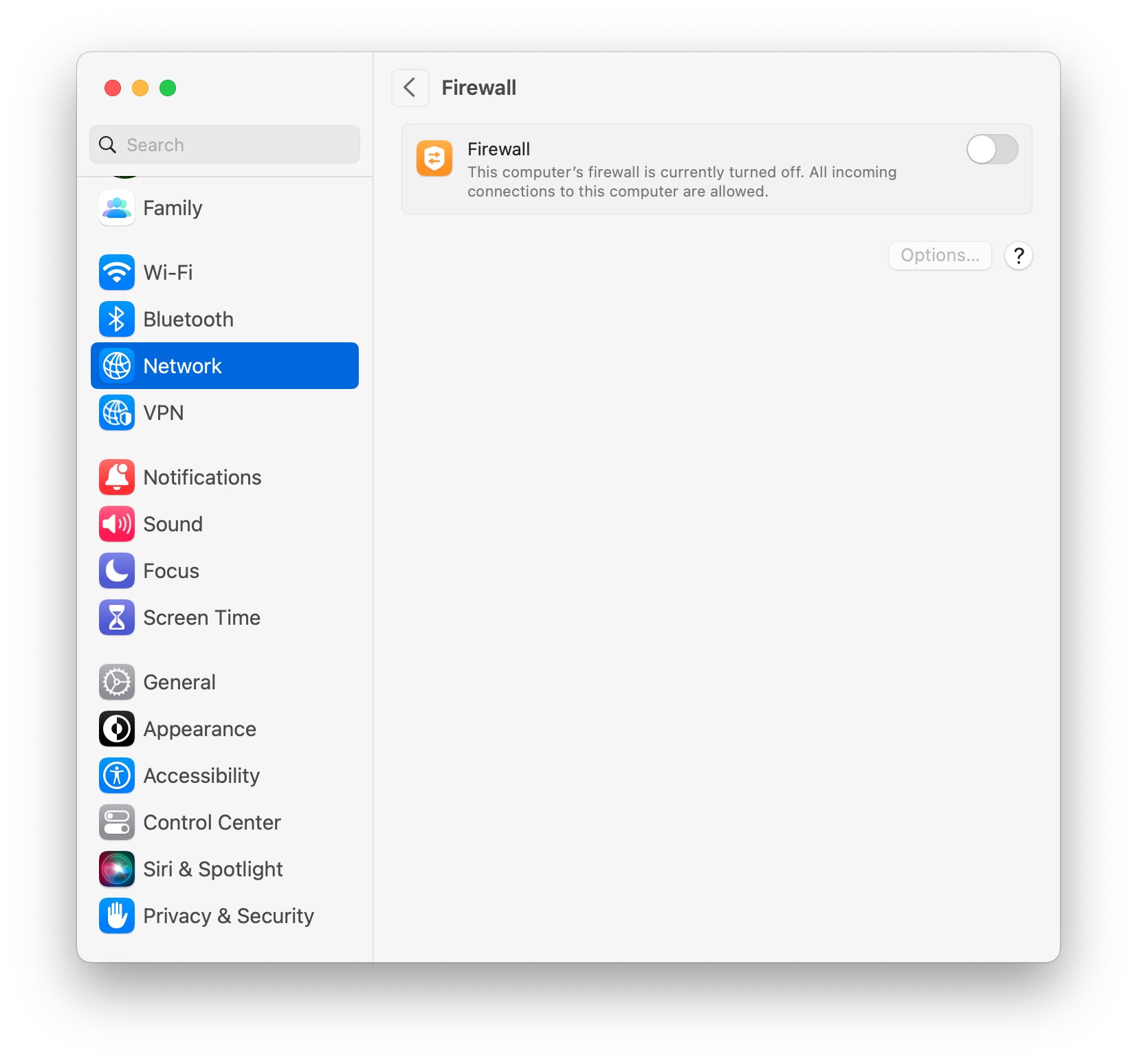
How to Enable or Disable Firewall on MacOS Ventura
You can modify the firewall rules for each app manually, or use one of the predefined presets. There are several very good firewall tools available for Macs. Some complement Mac's built-in firewall and block incoming connections; others are focused on outgoing connections.
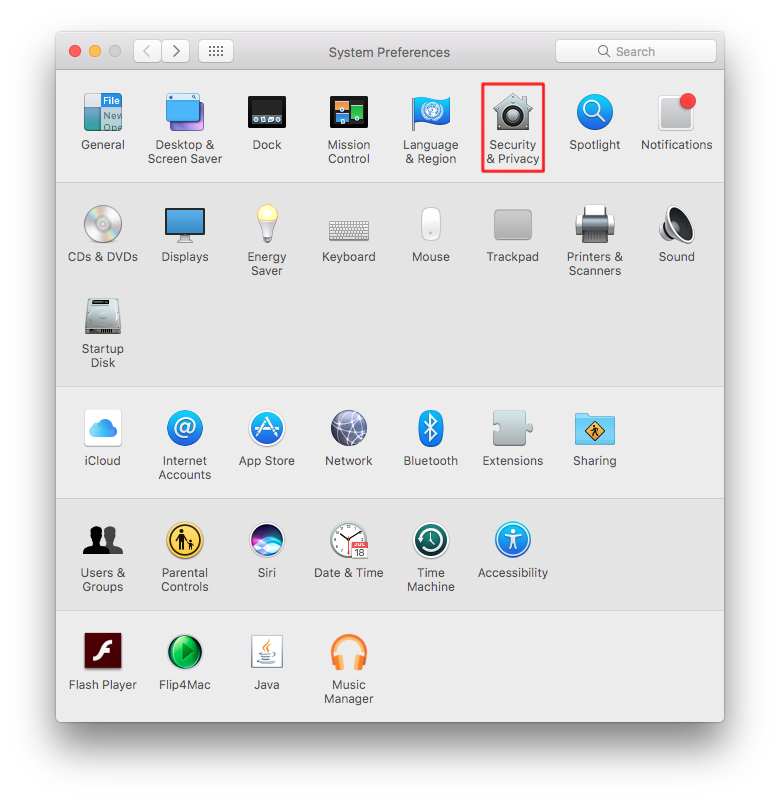
Firewall Guide for Mac OS X JRT Studio
New application firewall is Vallum (paid). Some kind of light hybrid combination of Murus and Vallum is Scudo. Hands Off! is available at a new site. Free application firewall for outgoing connections is LuLu. And of course, Litte Snitch is still available. 2020, second edit: As of macOS Big Sur, Apple apps can bypass the third party firewalls.
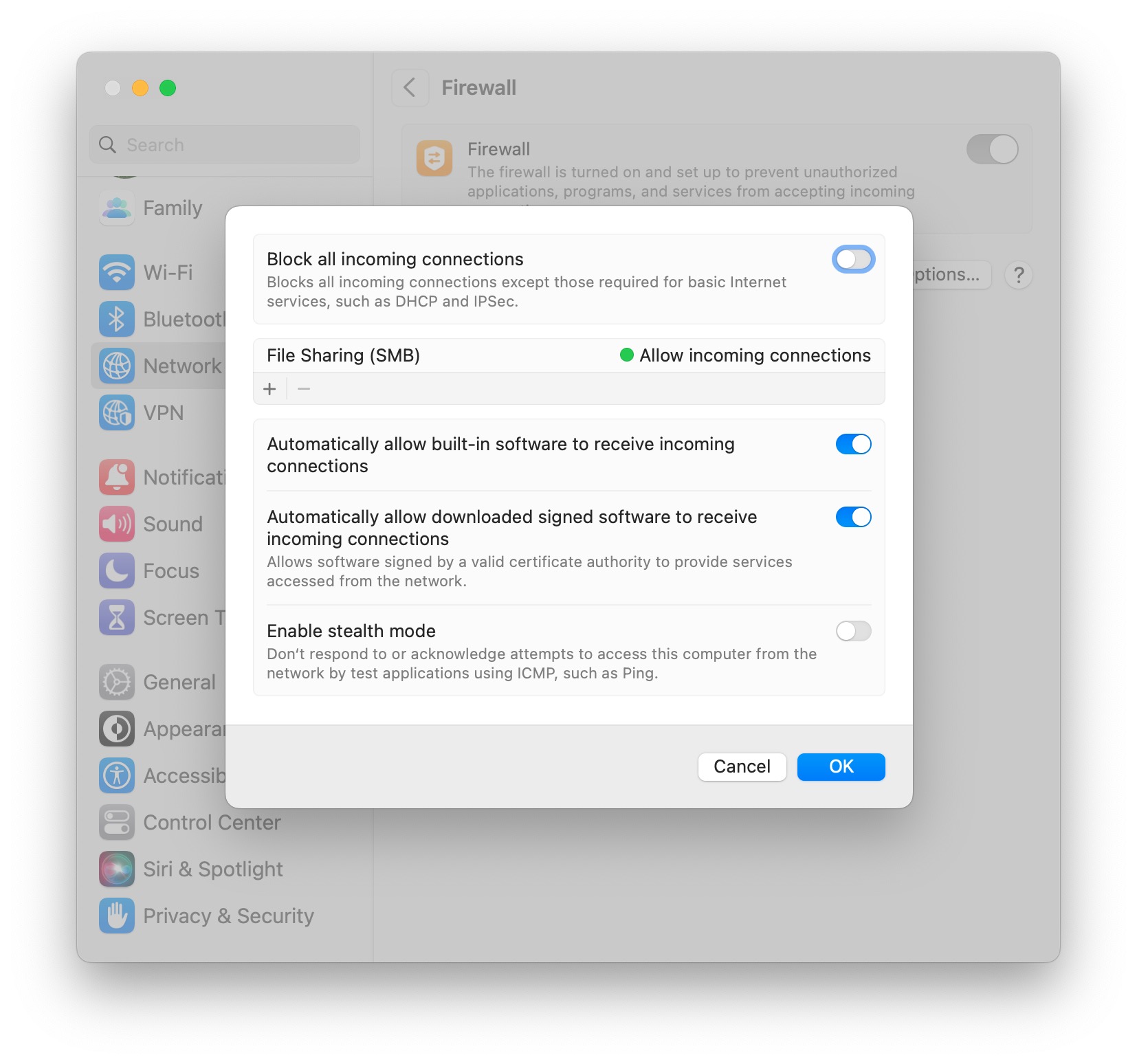
How to Enable or Disable Firewall on MacOS Ventura
Related: Your Mac's Firewall is Off By Default: Do You Need to Enable It? Once the firewall is on, you can access the "Firewall Options". Let's discuss what all these options entail. Blocking all incoming connections will "prevent incoming incoming connections to nonessential services and apps." This means that the firewall allows your Mac to find authorized services provided by other.
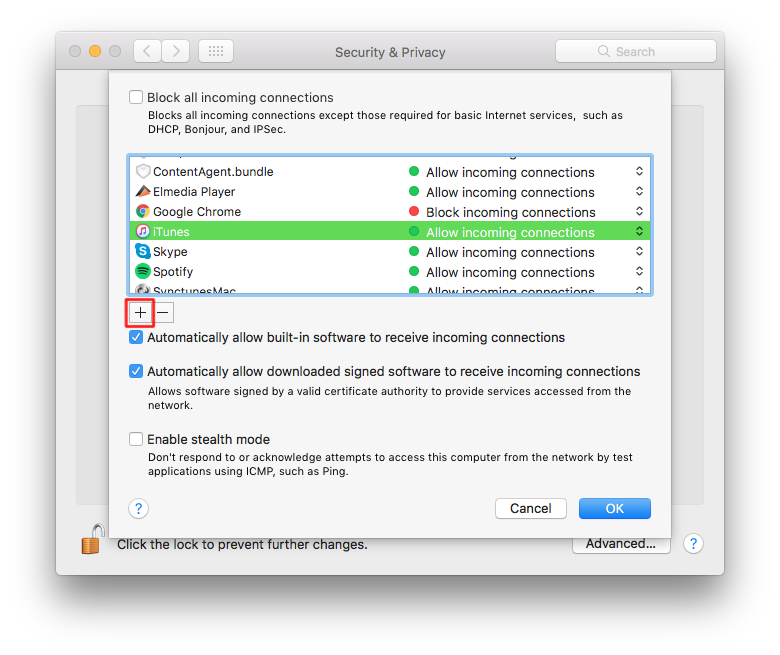
Firewall Guide for Mac OS X JRT Studio
The Mac firewall is what's known as an application firewall. There are more robust firewalls out there, but the built-in option on Mac is pretty lightweight.. In other words, the Mac firewall stops incoming attacks but only certain outgoing attacks. Malware can still fool your firewall (or you) once you've installed it.

Your Mac’s Firewall is Off By Default Do You Need to Enable It?
A firewall can help prevent bad packets from entering your Mac. Hackers love to run automated applications that can scan thousands of computers (including your Mac) for open ports that can be exploited. To ensure that random individuals don't gain unauthorized access to your Mac, you should enable your Mac's built-in firewall. It will close.
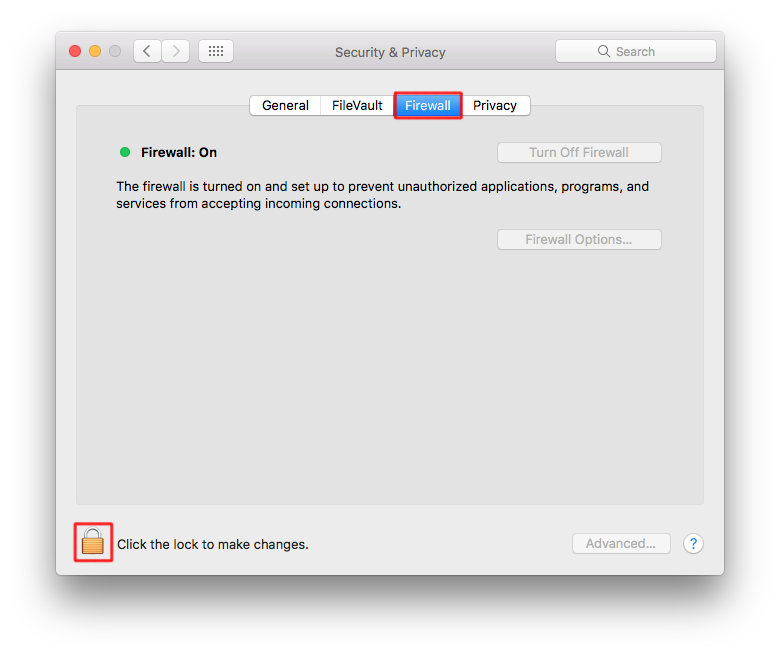
Firewall Guide for Mac OS X JRT Studio
On your Mac, choose Apple menu > System Settings, click Network in the sidebar, then click Firewall. (You may need to scroll down.) Open Network settings for me. Click Options. If the Options button is disabled, first turn on Firewall. Click the Add button under the list of applications and services, then select the apps or services you want to.
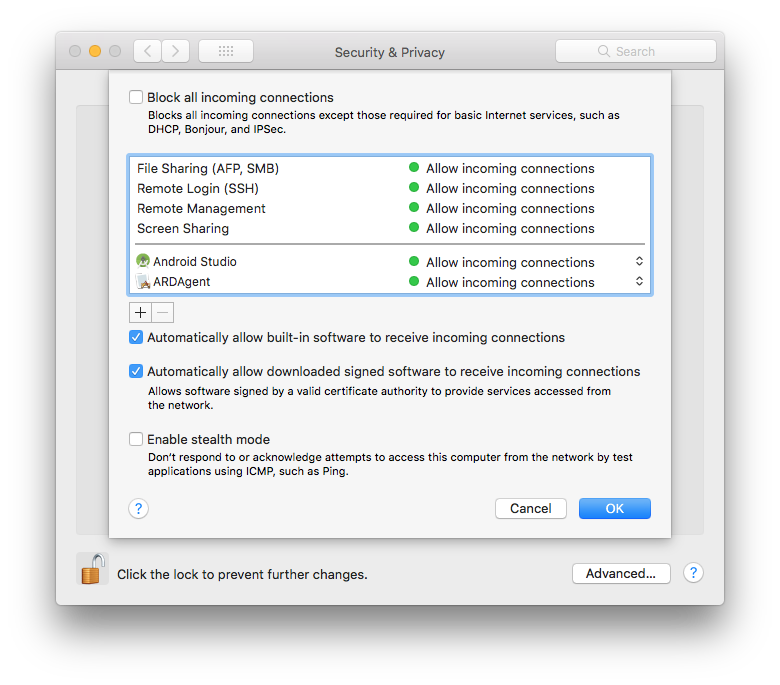
How to configure the macOS firewall? PhotoSync
Firewalls serve as a network security mechanism to monitor and control incoming and outgoing traffic to your computer and the network, or internet.. Most Mac users will likely not need to use the MacOS firewall, because most Mac users will be connecting to the internet through a router, modem, or wi-fi access point that has a firewall.
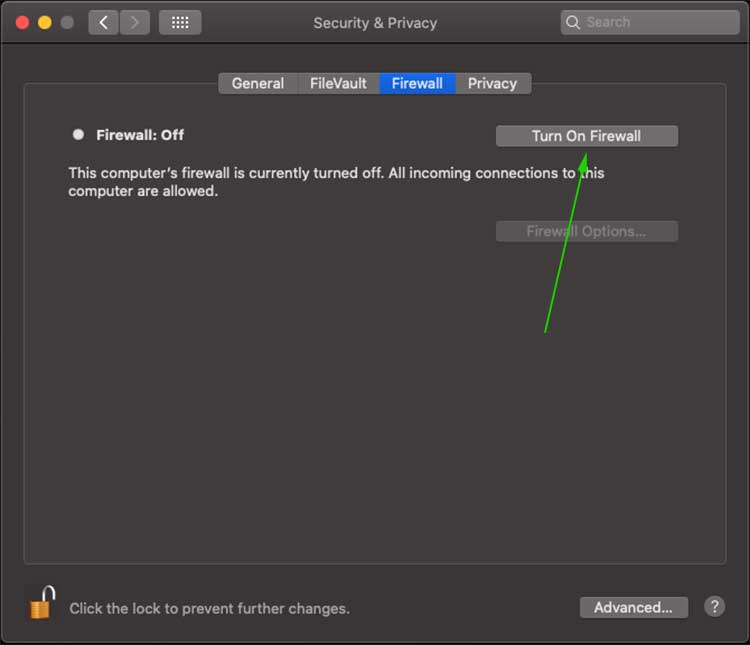
How to Turn on Firewall on Mac and the best settings to use
Configure Apple Firewall Settings . macOS includes many built-in services to share files, printers, access resources remotely, and more. To enable a service, navigate to System Preferences > Sharing and tick the box next to each service you want to use.. Since the firewall works on the per-application basis, you'll see these services listed by name rather than a port number.
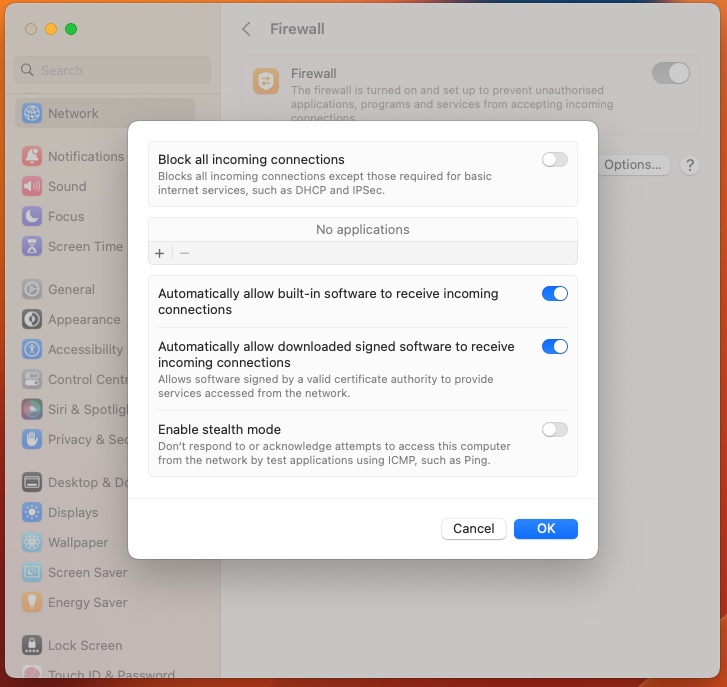
Mac Security How secure is a Mac, is macOS more secure than Windows? Macworld
The built-in Mac OS X firewall provides the ability to block incoming connections, but it doesn't provide a transparent way to block outgoing connections. However, you can use Terminal to set your.
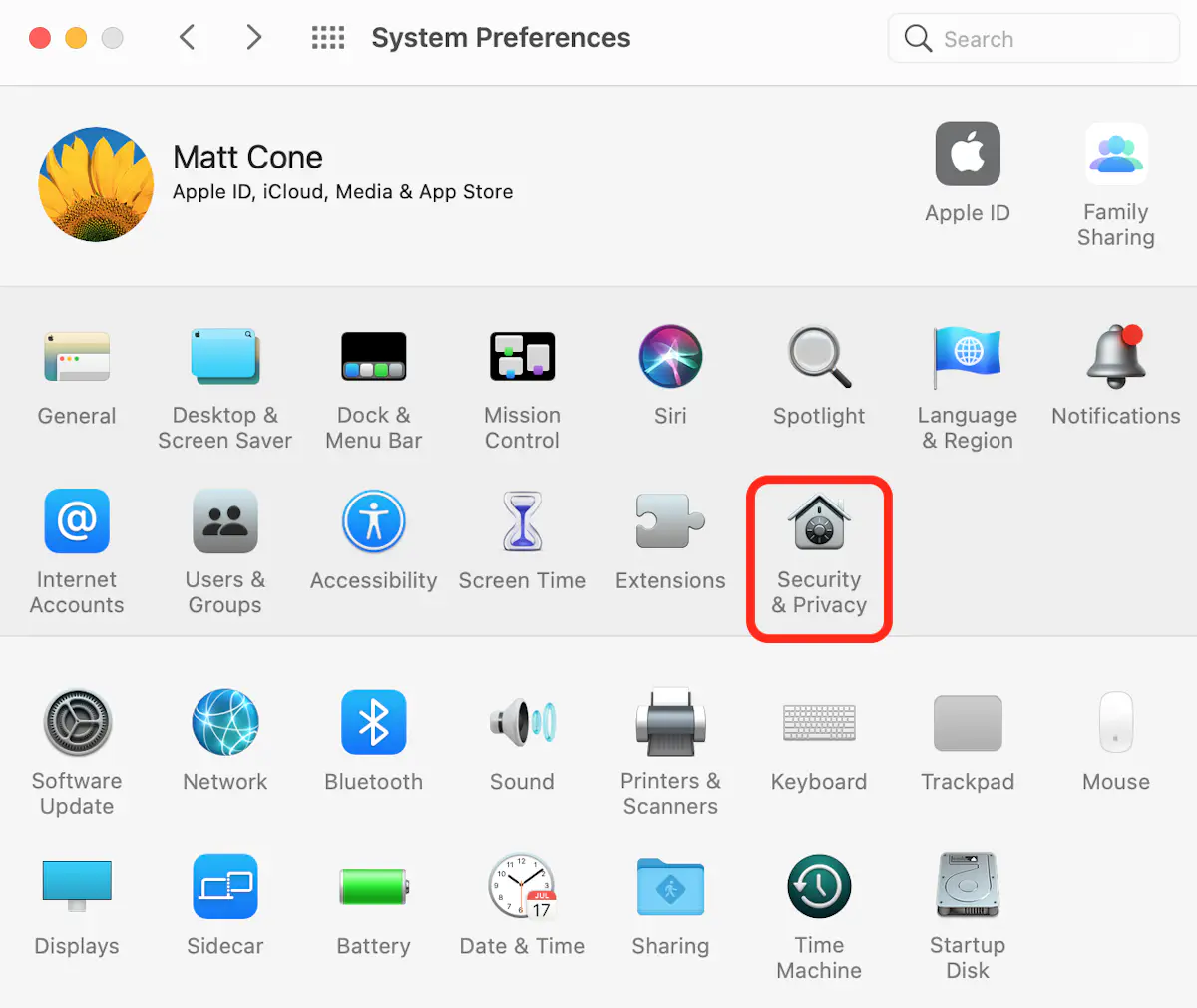
How to Configure Your Mac's Firewall Macinstruct
A Mac that is used with home WiFi does not need a firewall because the home router already acts as a firewall. What does a firewall do? There are two types of firewalls: hardware and software. There are different things that firewalls can do, but generally, they designed to restrict incoming or outgoing network connections.